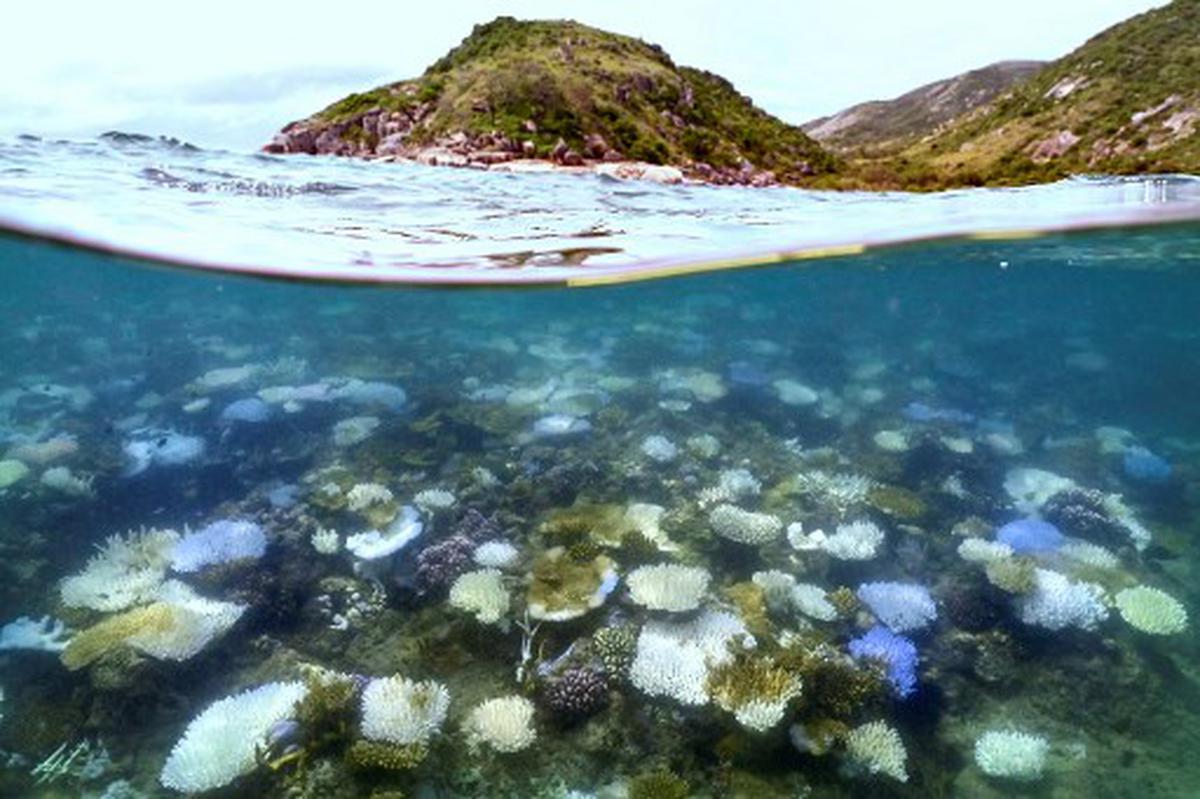Many plankton journey from the cold, dark depths of our oceans to the surface, only to eventually drift down again into the darkness in a perpetual rhythm. Yet, how single-celled phytoplankton, most of which have no appendages to help them swim, make this pilgrimage has remained a mystery. In a paper published in the journal Current Biology, researchers describe a species of bioluminescent phytoplankton, called Pyrocystis noctiluca, that balloons to six times their original size of a few hundred microns.
Phytoplankton are, on average, 5%-10% heavier than seawater, meaning that if they want to remain at the surface to photosynthesize, they have to find a way to beat gravity. The researchers discovered that P. noctiluca cells behave more like little submarines which can control their density so they can choose where they want to reach the ocean’s surface.
On a research vessel off the coast of Hawaii, one of the authors stumbled upon a bloom of P. noctiluca and surprisingly found two very different sizes in their nets. Videos helped the team see the cells doing the massive inflation. To test what effects this rapid growth might have on the plankton, the research team utilized their novel “gravity machine.” By altering water pressure and density within the gravity machine, the team can create a virtual reality environment mimicking the ocean’s depths. With the machine, the team discovered that inflated cells were less dense than the surrounding seawater, letting them escape the downward pull of gravity and float toward the virtual surface.
Further investigation showed this expansion happens as a natural part of the plankton’s cell cycle. Once a single-celled plankton divides into two, an internal structure called a vacuole, a kind of flexible water tank, filters in fresh water, causing the two new cells to massively grow in size. These two daughter cells, now swelled with the lighter freshwater, sail upward. “So, what happens during normal time? You’re making a lot of proteins, you have tons of sunlight, and you make a lot of biomass until you get heavier and you sink. Then, you do cell division in the deeper waters and use inflation to get back to the size of the mother,” Manu Prakash, a marine biologist and bioengineer at Stanford University said in a release.
The entire cell cycle takes roughly seven days, coinciding with the plankton’s vertical pursuit of light and nutrients. “I think this is the first time we have clear evidence that the cell cycle, which is such a fundamental mechanism of controlling a cell and cell division, is possibly controlled by an ecological parameter,” Dr. Prakash said in the release.
Published – October 19, 2024 09:20 pm IST
















